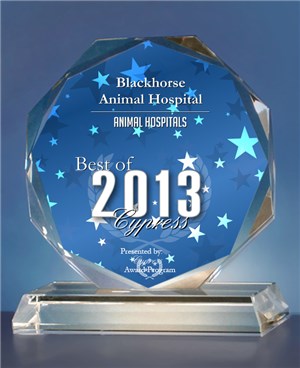Library
-
Alternative diets cover a range of options that target specific feline nutritional needs. While some alternative diet options include certain ingredients like novel protein sources, others exclude certain ingredients like grains. Determining which diet is best for your cat should include a discussion with your veterinarian, as there is no documented data that alternative diets are any healthier for the average cat compared to conventional diets.
-
Alternative diets cover a range of options that target specific canine nutritional needs. While some alternative diet options include certain ingredients like novel protein sources, others exclude certain ingredients like grains. Determining which diet is best for your dog should include a discussion with your veterinarian, as there is no documented data that alternative diets are any better for the average dog compared to conventional diets.
-
Breed-specific diets are a category of commercial pet feeds available for dogs and cats that are formulated to accommodate various breed predispositions. This article provides a concept overview of these diets, including what they are and what benefits they may serve. Specific examples are reviewed in brief to illustrate case scenarios for common canine and feline breeds.
-
Chameleons are fascinating pets with bright colors and eyes that can rotate 360 degrees. Chameleons range in size from 0.9 inches to 27 inches long. They require special considerations in relation to their cage set-up and diet. Most chameleons do well on a cricket, mealworm, or waxworm-based diet. All chameleons require UVB lighting, a heated cage environment, and humidity of 60%-90%.
-
Veterinarians generally agree that there is no single best food for all dogs or all cats. Our pets are individuals: some will prefer dry kibble, while others will prefer wet or canned food. Pet owners may also have preferences related to cost, convenience of shopping, and how a particular pet food manufacturer conducts their business. This handout briefly outlines key aspects of selecting the most appropriate food and water for your dog or cat.
-
Diabetes mellitus is an inability to regulate blood glucose caused by a loss of insulin production (Type I) or inadequate insulin supply or resistance (Type II). In cats, diabetes mellitus is most often type II. This type of diabetes usually results from obesity, creating insulin resistance. Cats with type II may be treated with oral medication, but some cats may ultimately require insulin injections. Diet is also important. This article discusses various treatments and monitoring regimens.
-
Many veterinarians, including nutritionists and behaviorists, believe it is important for dogs and cats to express their natural foraging and hunting behaviors. For pets living indoors, this can be difficult, and the lack of this stimulation can sometimes lead to behavior problems. Enriching a pet's environment with food toys and puzzles at mealtimes can fulfill the need to forage. The use of toys, puzzles and other novel methods of food delivery can also be effective ways to increase daily movement in overweight or inactive pets.
-
Dogs and cats have different nutrient requirements, which is why separate commercial pet foods are made for each species. Even pets of the same breed or body weight have unique calorie needs, so pet parents should feed them in separate bowls to avoid having any pets gain or lose weight. Diets designed for young growing puppies or kittens are different from adult dog or cat foods, so pups/kittens should be fed separately from adults until around the age of 11-12 months. Body condition scoring should be a part of regular monitoring to make sure each pet does not gain (or lose) weight.
-
Interactive feeders that require a pet to think and work for their food call upon pets’ natural instincts to hunt or forage. Besides being fun, these food puzzles may help both physical and behavioral problems in cats and dogs. When used correctly, interactive feeders may benefit pets that eat too quickly, become bored when alone, or suffer from separation anxiety.
-
Pigs are omnivores that typically eat multiple small meals throughout the day. A mini-pig's base diet should consist of a commercially available, nutritionally balanced pelleted chow formulated for mini-pigs. Treats such as small pieces of succulent fruits or vegetables may be offered once or twice a day and are best used as rewards in training. Feeding guidelines are discussed.



